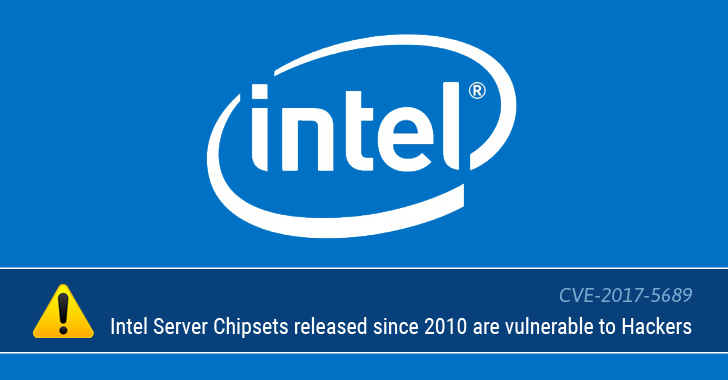Disabling Intel AMT on Windows (and a simpler CVE-2017-5689 Mitigation Guide)
FINAL UPDATE (2018): Starting with Intel AMT Release 12.0, it is possible to globally disable Intel AMT UPDATE3: There is now a tool to check whether AMT is enabled and provisioned on Linux systems. UPDATE2: It gets worse. Much worse. If your Windows laptop runs #IntelAMT, and you enable #WiFi for AMT and you connect to public WiFi AMT is accessible…

